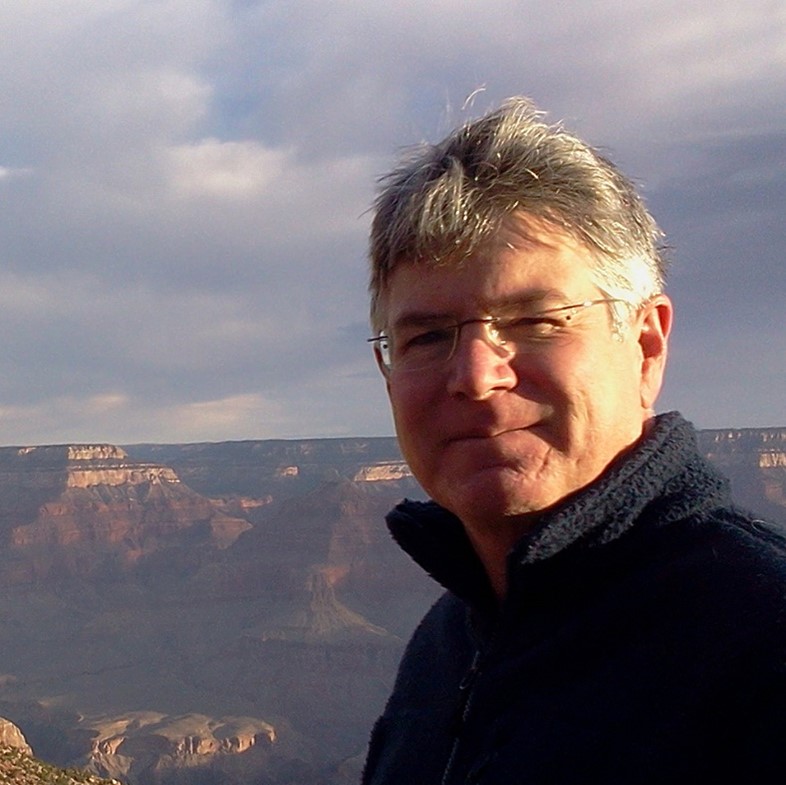 Last week, Dr Peter Brown continued RCFC's focus on the environment with his presentation entitled Wildfires on the Colorado Front Range-What the Trees Can Tell Us. Dr Brown’s area of expertise is Dendrochronology but his talk was more about the changing picture of wildfires in the American West. The “takeaway” was provided early - “Fire is Inevitable” the only questions are – When and what kind?
Last week, Dr Peter Brown continued RCFC's focus on the environment with his presentation entitled Wildfires on the Colorado Front Range-What the Trees Can Tell Us. Dr Brown’s area of expertise is Dendrochronology but his talk was more about the changing picture of wildfires in the American West. The “takeaway” was provided early - “Fire is Inevitable” the only questions are – When and what kind? Historically, fires have been more frequent and less extensive. Mature trees had adapted to ground fires which typically burned grasses and saplings. Only fires that girdled large trees or made it to the canopy would destroy the entire forest. A slide showing the various forests based on altitude showed that historically the higher elevations were less frequently involved.
What can dendrochronology tell us about fire history? Tree rings are laid down in the early and late seasons of growth. The thickness of these rings indicate variations in climate. “Crossdating” allows researchers to reconstruct the past (eg, precipitation and temperature) before weather records were available. Samples are obtained by deep coring of trunks or chainsaw cross sections. Cross sections demonstrate a sequence of fire injuries. We also know that Lodgepole cones open and seed after fires. Records obtained by these methods extend back to the 15th century. We learn that prior to the 20th century fires were more frequent, smaller and occurred at lower elevations. This activity generally supported heterogeneous forests alternating with clear areas.
“Forest management” changed as ranchers replaced nomadic Native Americans. In the 20th century the Forest Service began its polices of fire suppression, preventing the replacement of ecosystems that benefitted from burns. Small trees survived and dense uninterrupted forests appeared leading to ladder, crown and canopy fires which often result in complete destruction of the forest.